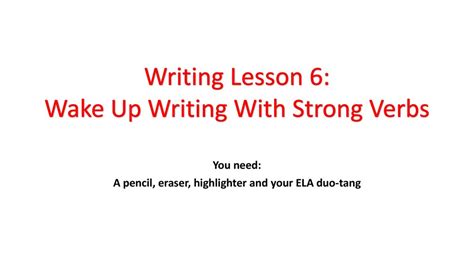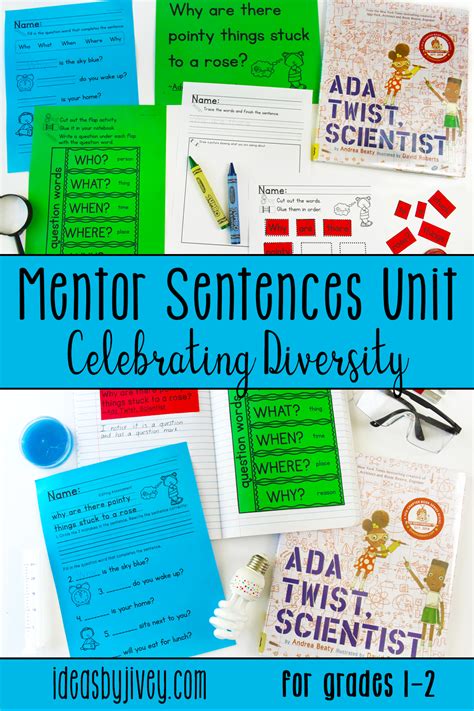Unlock Dynamic Writing: Strategies for Engagement
In a world saturated with information, capturing and holding your reader’s attention is more crucial than ever. Passive, convoluted, or lifeless writing can quickly lose your audience, no matter how compelling your message. The key to powerful communication lies in making your writing active and engaging – a style that draws readers in and keeps them hooked. This guide will walk you through essential techniques to breathe life into your words.

1. Embrace the Power of Active Voice
One of the most fundamental shifts you can make is to favor active voice over passive voice. In active voice, the subject of the sentence performs the action. In passive voice, the subject receives the action. Active voice is generally clearer, more direct, and more concise, giving your writing a sense of urgency and confidence.
Why Active Voice Matters:
- Clarity: It immediately tells the reader who is doing what.
- Conciseness: Passive constructions often require more words.
- Impact: It feels stronger and more direct.
Example:
Passive: The report was written by the team.
Active: The team wrote the report.
Notice how the active sentence is shorter and more impactful. While passive voice has its place (e.g., when the actor is unknown or unimportant), overuse can make your writing feel evasive and weak.
2. Unleash Strong Verbs and Nouns
Weak verbs (like ‘is,’ ‘was,’ ‘has,’ ‘get,’ ‘make’) often require adverbs or additional words to convey meaning, leading to flabby sentences. Replace them with vigorous, descriptive verbs that pack a punch on their own. Similarly, choose precise nouns that leave no room for ambiguity.
Weak vs. Strong Examples:
- Weak Verb: She walked slowly down the aisle.
- Strong Verb: She sauntered down the aisle.
- Weak Verb: He made an announcement.
- Strong Verb: He announced.
Strong verbs create vivid imagery and convey action directly, eliminating unnecessary modifiers and making your writing more dynamic.

3. Be Concise: Cut the Clutter
Wordiness is the enemy of engagement. Every unnecessary word, phrase, or clause dilutes your message and tests your reader’s patience. Review your sentences and ask yourself if every word is essential. If it doesn’t add meaning or clarity, remove it.
Common Culprits to Eliminate:
- Redundant phrases: ‘basic fundamentals’ (fundamentals are basic), ‘end result’ (result is usually the end).
- Needless prepositions: ‘at this point in time’ (now), ‘due to the fact that’ (because).
- Empty intensifiers: ‘very,’ ‘really,’ ‘quite’ – often, a stronger single word can replace them.
- Nominalizations: Turning verbs into nouns (e.g., ‘make a decision’ instead of ‘decide’).
Conciseness doesn’t mean sacrificing detail; it means presenting detail with maximum efficiency and impact.
4. Vary Sentence Structure and Length
A string of sentences with the same length and structure creates a monotonous rhythm that lulls readers to sleep. Varying your sentence construction keeps your writing fresh and engaging. Mix short, punchy sentences with longer, more complex ones. Start sentences with different parts of speech (adverbs, participles, subordinate clauses, etc.) to break up repetitive patterns.
Example of Variety:
The alarm blared. John woke up. He groggily reached for his phone. (Monotonous)
Suddenly, the alarm blared, jolting John awake. Groggy, he reached for his phone, fumbling in the dark. (Varied and engaging)

5. Show, Don’t Tell
This classic writing advice is crucial for engagement. Instead of telling your reader something (e.g., ‘She was sad’), show them through actions, dialogue, and sensory details (e.g., ‘Her shoulders slumped, and a single tear traced a path down her cheek’). Showing allows readers to experience the narrative or information, rather than just passively receiving it.
Telling vs. Showing:
- Telling: The old house was spooky.
- Showing: Dust motes danced in the sliver of light from the boarded-up window, and a chill seeped from the floorboards, carrying the faint scent of mildew and forgotten secrets.
Showing requires more effort but yields far greater engagement, creating a more immersive and memorable experience for your reader.
Conclusion: Practice Makes Perfect
Making your writing more active and engaging is a skill developed through conscious practice. Regularly review your work, specifically looking for opportunities to convert passive voice, replace weak verbs, trim unnecessary words, vary sentence structure, and transform telling into showing. With consistent effort, your prose will become more dynamic, clear, and compelling, effectively capturing and holding the attention of any reader.





